Kapok
What is kapok fiber
Kapok fiber is the fruit fiber of several plants in the family Malvaceae and Kapok family. There are about 180 species in 20 genera and are widely produced in tropical and subtropical areas. There are currently 9 species of kapok plants in 7 genera in my country, mainly distributed in subtropical areas such as Guangdong, Guangxi, Yunnan, Hainan, Fujian, Sichuan and Taiwan.
The kapok fiber currently used mainly refers to the cotton in the fruits of three species of plants: Kapok species of the genus Kapok, Kapok long-fruited species, and Gibe species of the genus Gibe. Hair is a single-celled fruit fiber. Kapok fiber comes in three colors: white, yellow and yellow-brown. Kapok fiber is a natural and environmentally friendly fiber. It is the thinnest, lightest, highest hollow and warmest fiber material. It is mildew-proof, soft, impermeable, non-thermal conductive, warm, and highly hygroscopic.
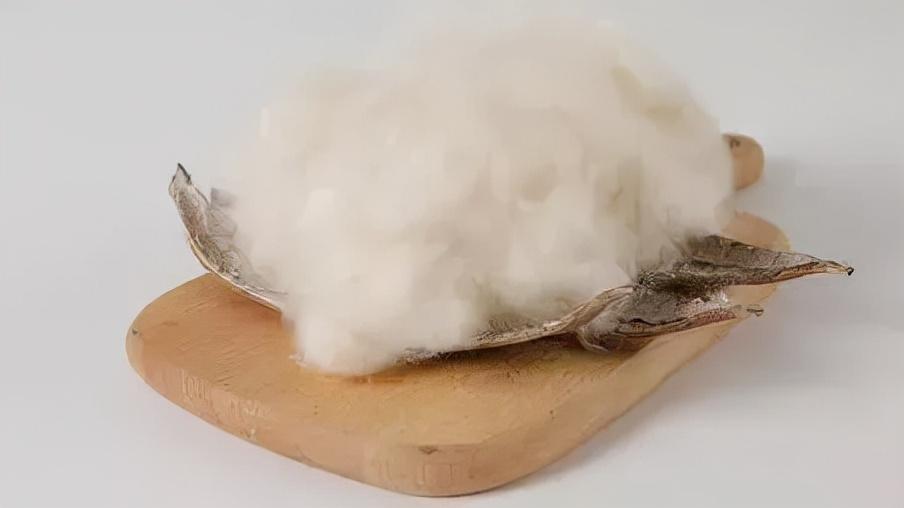
Physical properties of kapok fiber
Kapok fiber is cylindrical in longitudinal direction, with smooth surface, no twist and good luster. The fiber is thicker in the middle and thinner at the tip. It is closed at both ends. The cells are filled with air. The hollowness is as high as 80% to 90%. It is easy to fold longitudinally and be easily flattened. It is the fiber with the highest hollowness so far.
The cross-section is round or oval. When the cross-section cells are not ruptured, they have a balloon-like structure. After rupture, the fibers are in the shape of flat ribbons, and there is no cotton-like fiber. The process of secondary cell wall cellulose deposition. The cell wall thickness is only 0.5 to 2 μm, which is close to transparent. The cell width-to-wall thickness ratio is 20. There is more wax on the surface, which is relatively smooth, difficult to absorb water, and difficult to tangle. It has a unique thin-walled and large hollow structure.
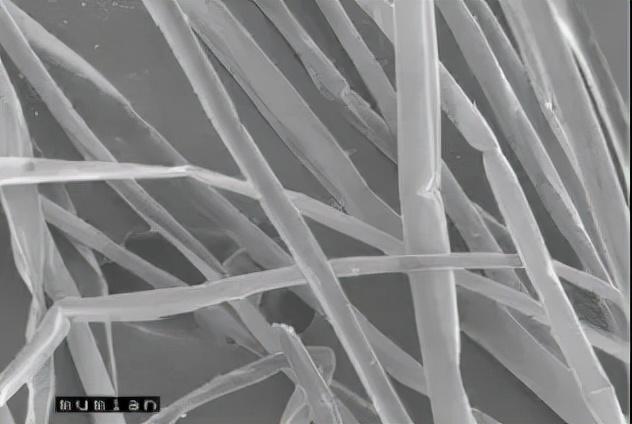
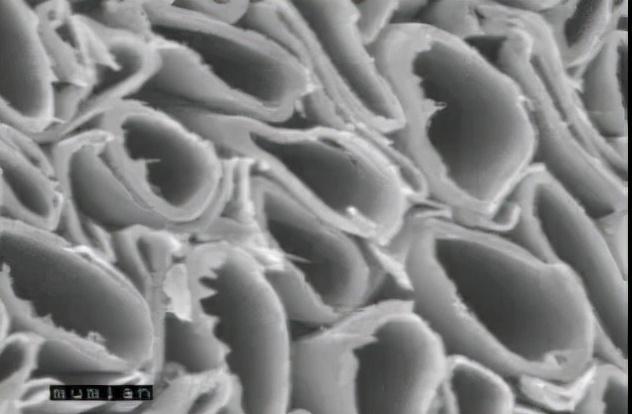

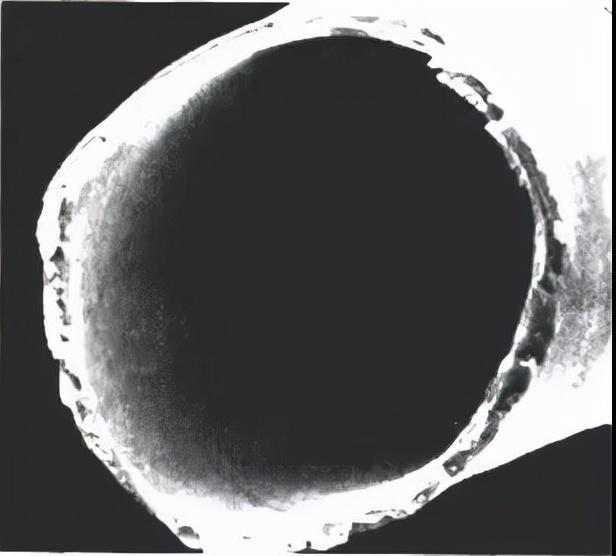
Kapok fiber
The unique fiber structure of kapok fiber determines that it has different basic properties from other natural cellulose fibers.
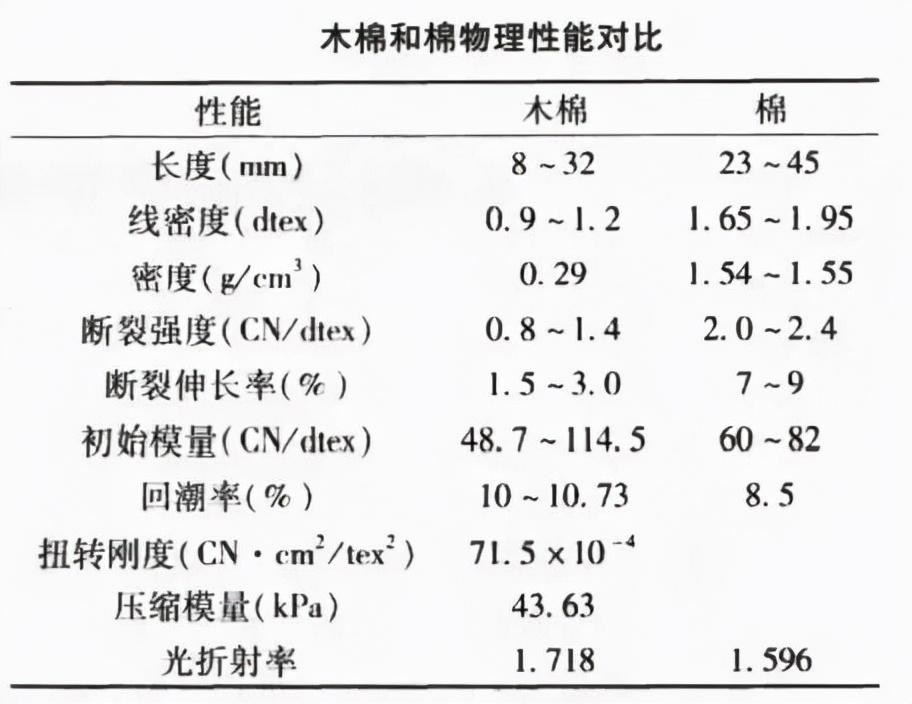
Comparing the properties of kapok fiber and cotton fiber can be seen:
(1) The linear density of kapok fiber is 0.9~1.2dtex, the fineness is only 1/2 of cotton fiber, and the hollow rate is 2~3 times that of ordinary fiber. It is currently the most Fine natural cellulose fibers. The fiber length is short, and the presence of wax on the surface will reduce the cohesion between fibers; at the same time, the fiber contains a large amount of lignin, which increases the torsional stiffness of the fiber, resulting in difficulty in twisting and tensile fracture. The elongation decreases accordingly, and all these properties will result in the yarn spun from kapok fiber having low strength and high hairiness. Therefore, kapok fiber is not suitable for single fiber spinning. It is usually blended with other fibers to improve its spinnability. At the same time, blended yarn is not suitable for making fabrics with smooth surface and high smoothness, but it is suitable for making fabrics that are raised or require fluffy and soft feel.
(2) Due to the extremely high hollowness and extremely thin cell wall of kapok fiber.��As a result, its relative density is small and its weight is light. The fiber aggregate can withstand a load of 20-36 times its own weight in water without sinking. It has good buoyancy performance and at the same time gives the kapok fiber Excellent sound insulation and warmth.
(3) The moisture regain rate of kapok fiber is higher than that of cotton fiber, and it has better hygroscopicity.Mainly due to the kapok fiber The content of internal non-fibrous substances is high, the hydrophilicity is good, and it can quickly absorb water and expand. The presence of a large amount of lignin and the flow of internal air speed up the transport of water inside the fiber; at the same time, the unique hollow structure of the fiber makes the fiber The specific surface area increases, which will make the kapok fiber have excellent moisture absorption and moisture conduction properties.
(4) The compression modulus of kapok fiber is small, and it is easy to deform after being compressed and is easily crushed. When the pressure is too high, the air in the fiber cavity will be squeezed out, causing irreversible plastic deformation, resulting in reduced warmth retention. Research shows that when dry and wet kapok fibers are subjected to the same pressure, the loss of the hollow structure inside the dry fiber is less than that of the wet fiber, and the degree of plastic deformation is lighter. Therefore, during textile processing, the relative humidity of the environment can be appropriately reduced to maintain the large hollow structure inside the fiber to improve warmth retention.
, has a good gloss and can be used as a light-enhancing material.
Chemical properties of kapok fiber
Acid-resistant Alkaline: Kapok fiber has good acid and alkali resistance. At normal temperature, dilute acid and NaOH solution will not affect it. Under different dissolution conditions, kapok fibers were placed in different acidic and alkaline solvents. The dissolution of the fibers after a certain period of time is shown in the table.
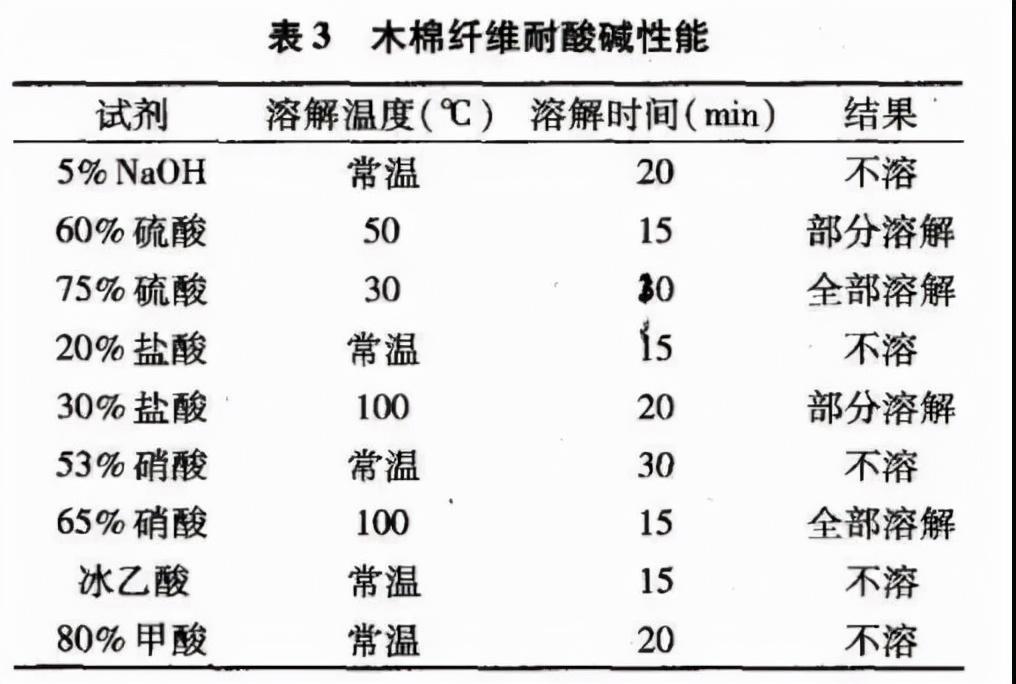
Dyeability:The dyeing rate of kapok fiber is low, only 63%, and the types of dyes that can be used for dyeing are relatively small. Few, usually direct dyes are used to dye them. Mainly because the fiber contains a large amount of lignin and non-cellulose substances, which are entangled with the cellulose macromolecules and affected by intermolecular forces, hinder the activity of some hydroxyl groups on the cellulose, and the dye molecules cannot smoothly enter the interior of the fiber. This results in uneven dyeing and poor color fastness of the fabric.
Thermal properties:Thermal degradation temperature is the most important indicator to characterize the thermal stability of fiber. Research shows that the thermal degradation of kapok fiber The temperature is lower than cotton and the thermal stability is poor. Although the thermal degradation temperature of kapok fiber is low, it takes a long time for the fiber to reach the maximum degradation rate after thermal degradation begins, and the temperature range for thermal degradation occurs over a long period of time. At the same time, low crystallinity and high hemicellulose content will cause poor thermal stability of kapok fiber.
<span style="color ; A still air layer is formed. Since the specific heat capacity and thermal conductivity of still air are smaller than dry fibers, the heat conduction resistance of the fibers is high. On the other hand, the fiber porosity is as high as 102%, the yarn body is fluffy, and ultra-fine fibers can easily enter the gaps of the fabric. The pores between the fibers become smaller and the heat dissipation decreases, both of which increase the warmth retention of the kapok fiber.
<span style="color ; It is empty and has a large specific surface area. The gaps inside the fiber are rich in oxygen, which hinders the reproduction of anaerobic bacteria on the surface of the fiber. From the chemical composition of the fiber, the flavonoids and triterpenoids contained in the fiber have a good effect on bacteria. resistance. Because the kapok fiber contains some wax, the surface is water-repellent and lipophilic, and the antibacterial substances in the fiber cannot dissolve the fiber in time. Therefore, when conducting antibacterial tests, the absorption method should be used. When high temperature and high pressure are used to sterilize kapok fiber samples, the measured bacteriostatic rate will be lower than that of medical alcohol sterilization because flavonoids will decompose at high temperatures.
��, the antibacterial substances in the fiber cannot dissolve the fiber in time, so when conducting the antibacterial test, the absorption method should be used. When high temperature and high pressure are used to sterilize kapok fiber samples, the measured bacteriostatic rate will be lower than that of medical alcohol sterilization because flavonoids will decompose at high temperatures.






